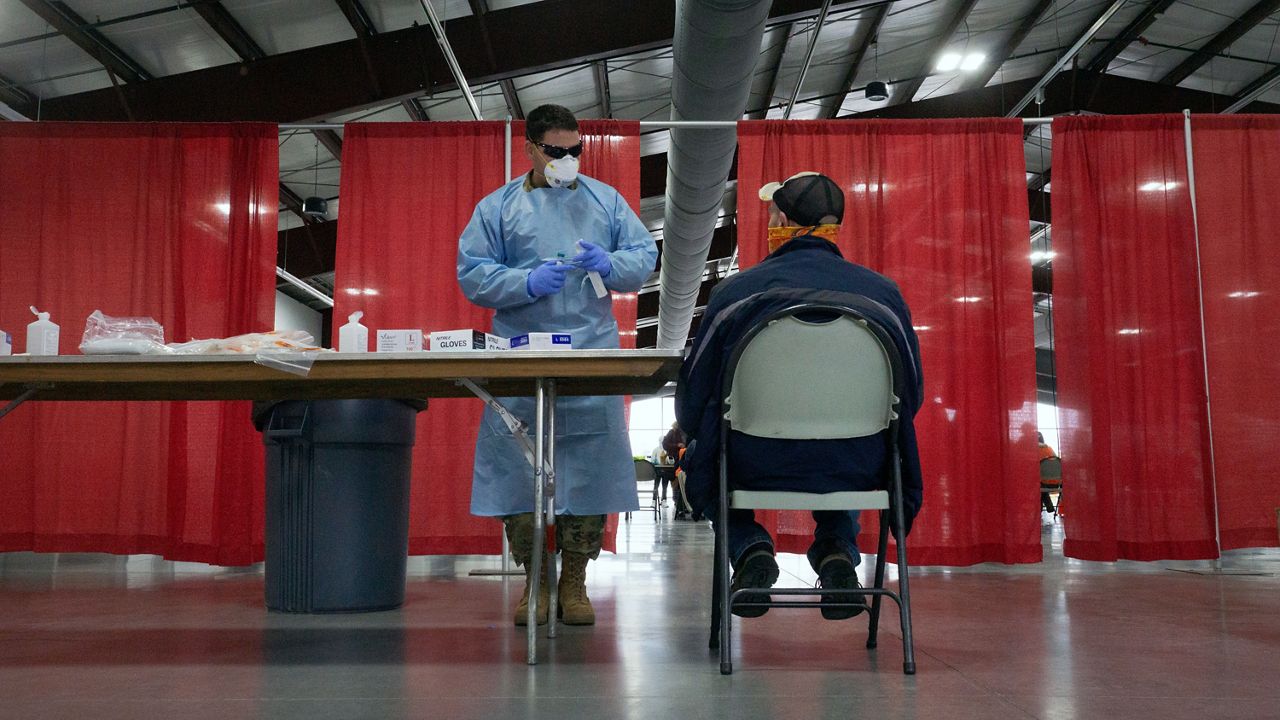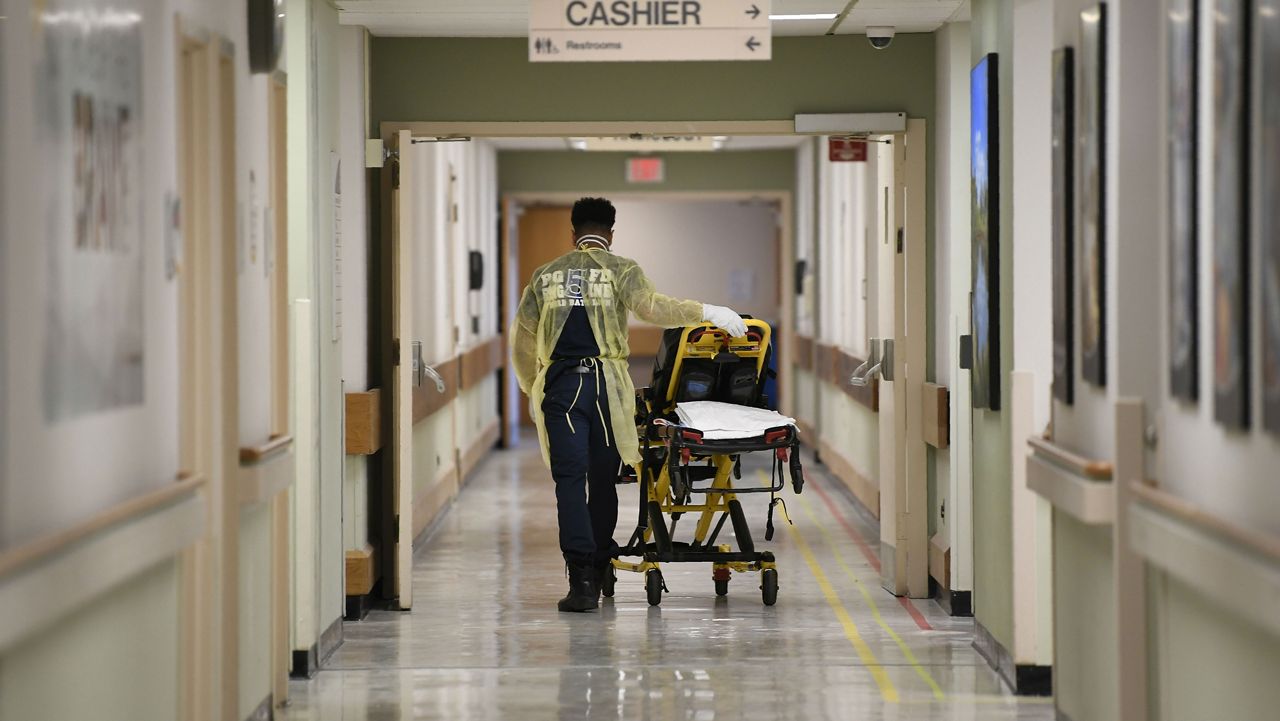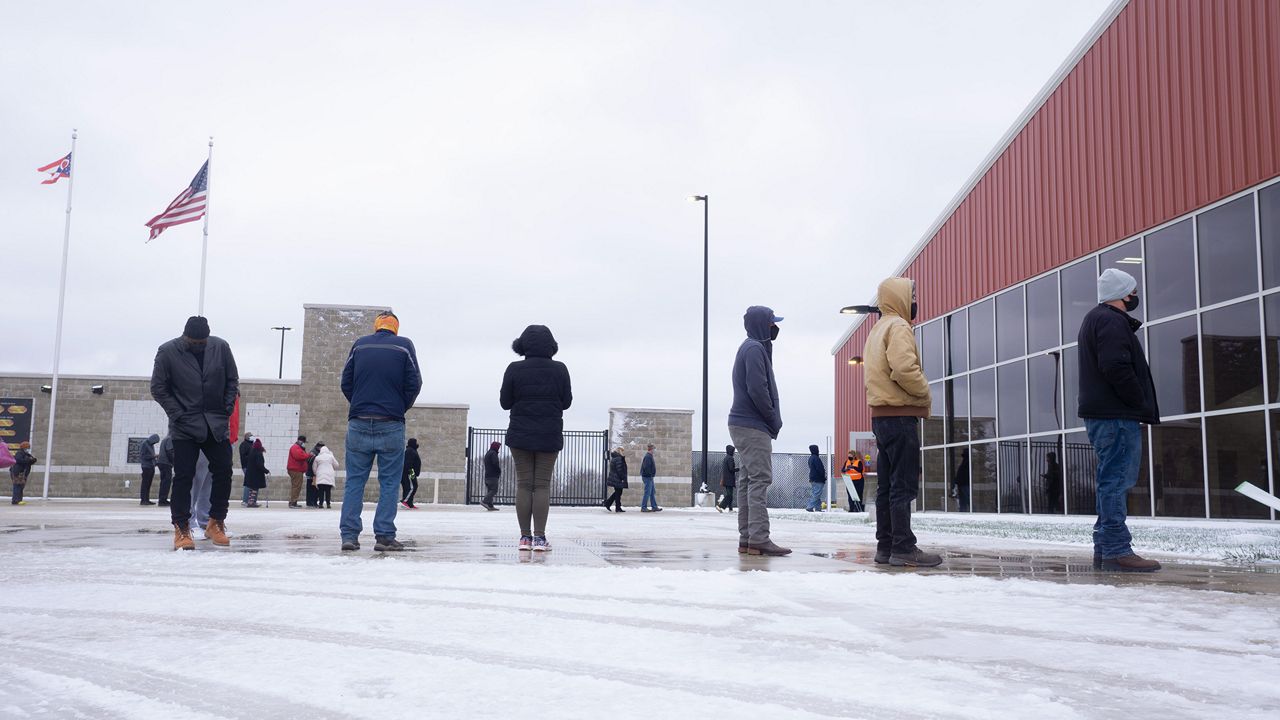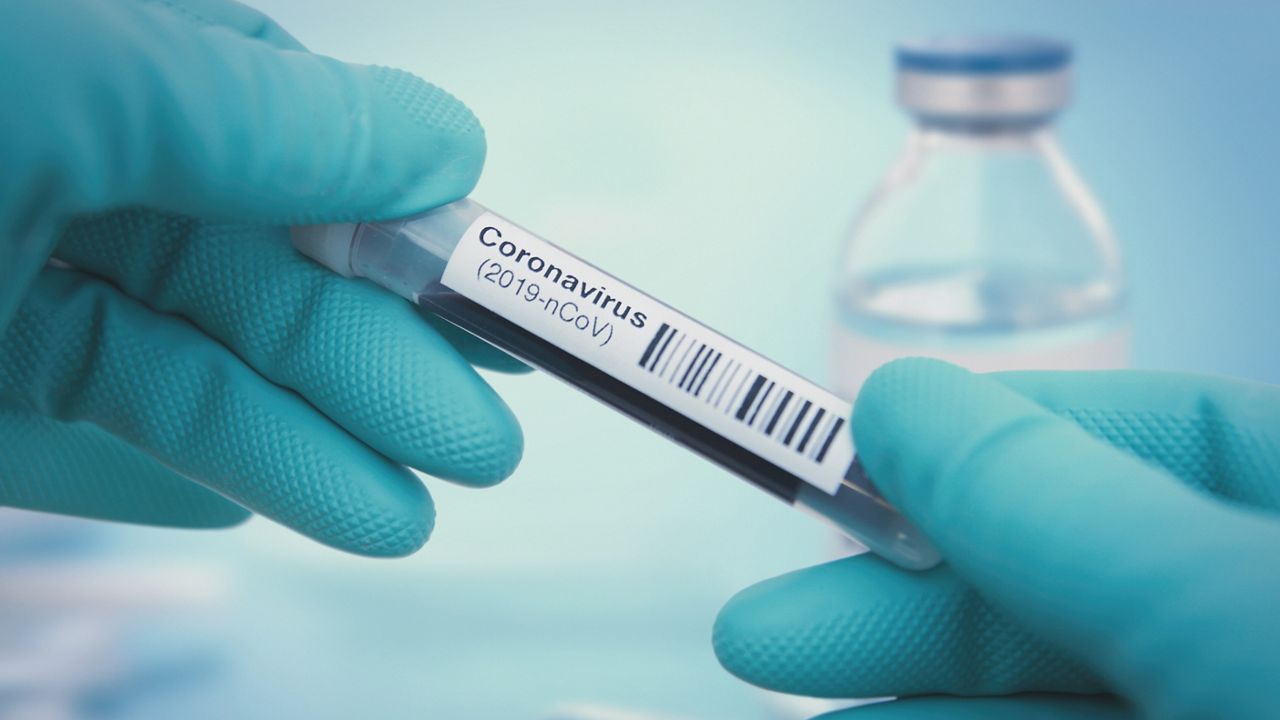COLUMBUS, Ohio — Gov. Mike DeWine said Thursday his administration will have to “look at other things to do" to slow the spread of the virus. Assessing the case numbers since the state's curfew went into effect, he said the impact has not been what he had hoped.
"We’re not seeing it start to go down. We're not even seeing it plateau yet. We think that those things have helped,” he said, speaking of his efforts so far to combat the current wave. “But they've not done what needs to be done. So, we're going to have to continue to look at other things to do.”
The governor spoke at a briefing Thursday that was expected to be a discussion of the state’s vaccine plan, however, DeWine postponed the release of that vaccine plan to Friday while details are still being finalized by the federal government.
DeWine said Ohio expects to receive more than 98,000 doses of Pfizer’s vaccine for the first week. The governor was on calls earlier in the day with CVS and Walgreens, discussing plans to administer doses to nursing homes and congregate care settings.
The Pfizer shot is a two-dose regimen. DeWine said the state will get the first doses into the arms of 98,000 people as quickly as it can. The delivery for the second doses for those individuals will arrive in time for their second shot in the regimen.
On Thursday, Ohio reported 8,921 cases, 82 deaths, and 396 hospitalizations.
In the state’s latest alert map, which flags counties where the pace of the virus is accelerating most quickly, Montgomery, Richland, Lorain, Lake, Medina, Summit, Portage, and Stark counties are in the purple. Franklin County has dropped from the purple.
The state reported 5,142 people were hospitalized with COVID-19 and 1,204 patients were in ICUs. There were 708 patients on ventilators. Due to the concerning numbers, the governor urged residents to stay home.
“Go to work, go to school, but really try to minimize contacts with others,” DeWine said. “When you see refrigerator trucks and things like that for bodies, that’s a pretty good kick in the teeth for us to understand this is the reality. This is what we’re facing.”
Dr. Andrew Thomas, Ohio State Wexner medical center’s chief clinical officer, laid out the worst-case scenario, commenting on the state’s emergency plan to stage bed space in convention centers. Hospitals would not be able to staff those beds, so the state would have to close non-emergency doctor’s offices and health facilities and call in those health care workers to temporarily provide care in the convention centers.
The Department of Health’s Chief Medical Officer Dr. Bruce Vanderhoff says that is far from an ideal scenario and for now the state's hospitals are focused on maximizing their ability to care for patients in existing hospitals.
Thomas said ICU bed space is the greatest concern this week. Rural hospitals are taking the hardest hit, he said.
The state reported 2,004 cases of COVID-19 among students in K-12 and other types of non-college schools in the latest weekly report issued Thursday. There have now been 14,036 student infections and 9,016 among staff.
The governor said he would present charts Friday detailing the state's full vaccine distribution plan. On Tuesday, the governor toured a National Guard and Ohio Department of Health facility where the state is practicing the process to break down the doses into smaller shipments. That involves a step requiring precise timing to expose the vaccine to room temperatures for no more than two minutes.
“These are precious,” DeWine said of the vaccine shipments, which need to be stored at ultra cold temperatures. “We want to use them quickly, but we also want to use them correctly.”
The shipments will arrive from Pfizer in "shippers" with 975 doses, but certain facilities, particularly in smaller communities, will not be able to accept that much vaccine at once. Ohio is fine-tuning its preparation to be ready day one, DeWine said.








